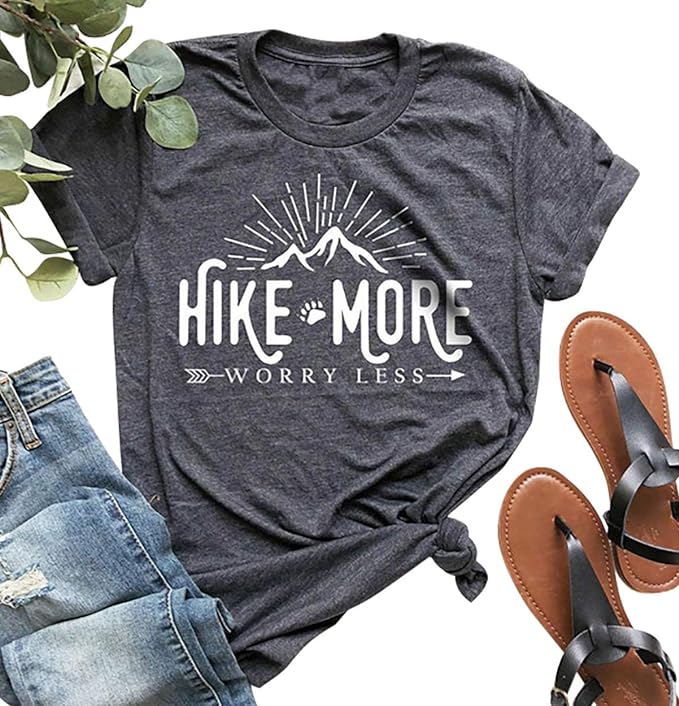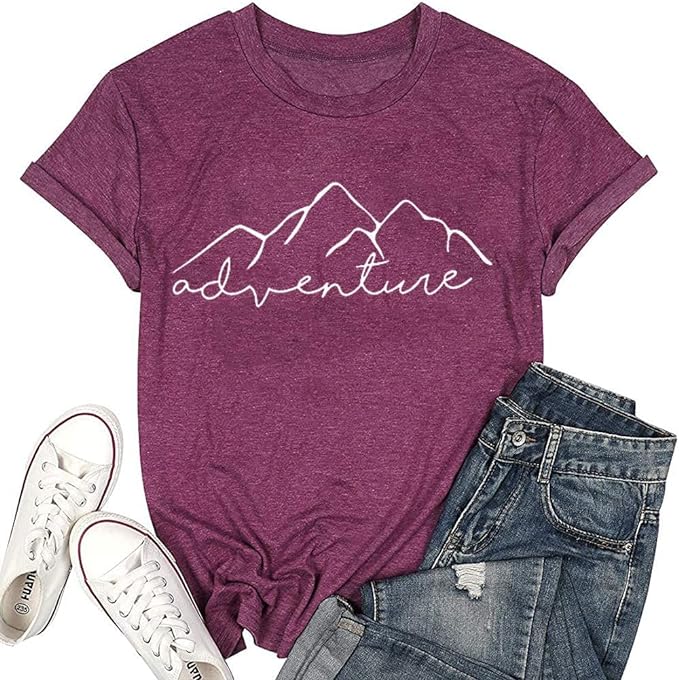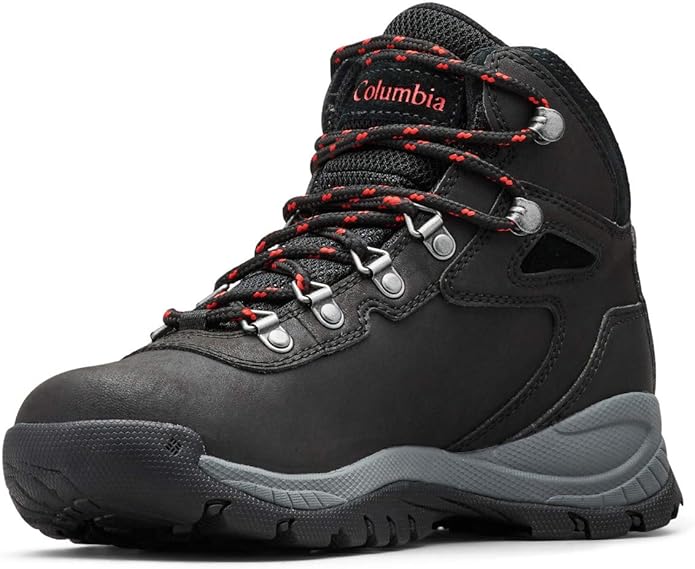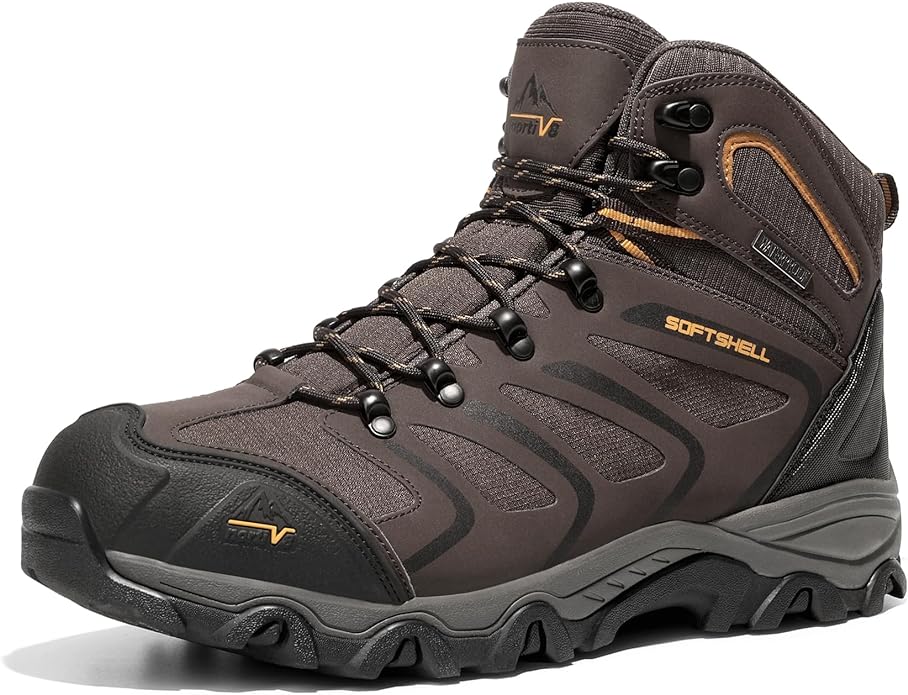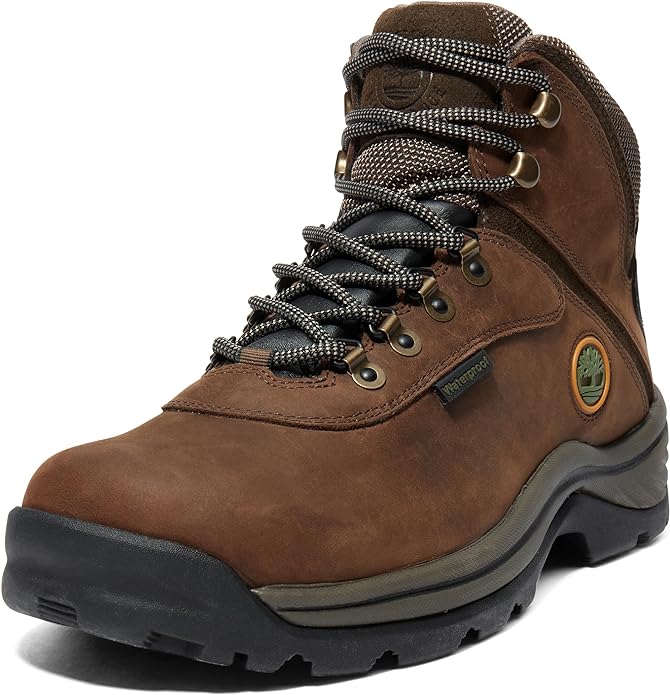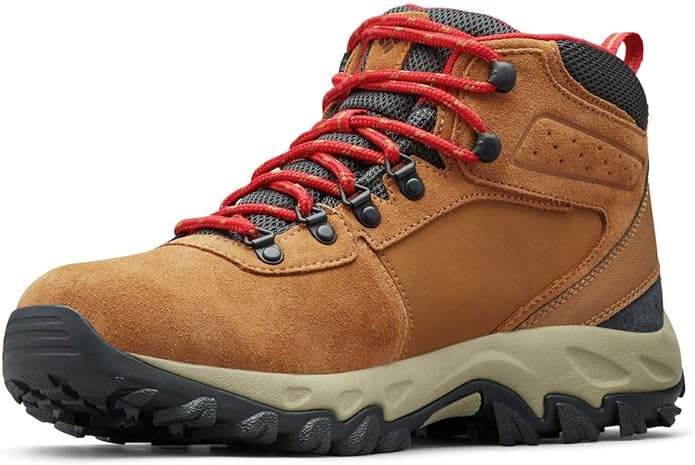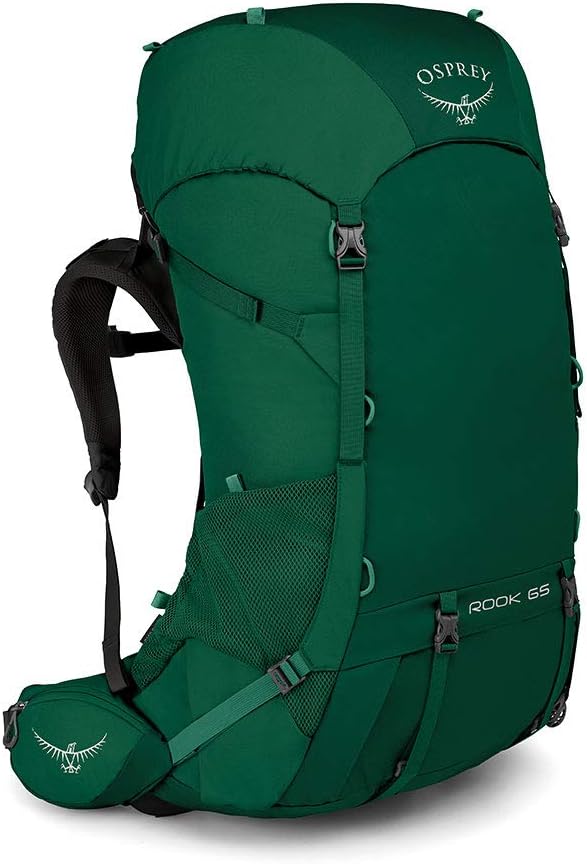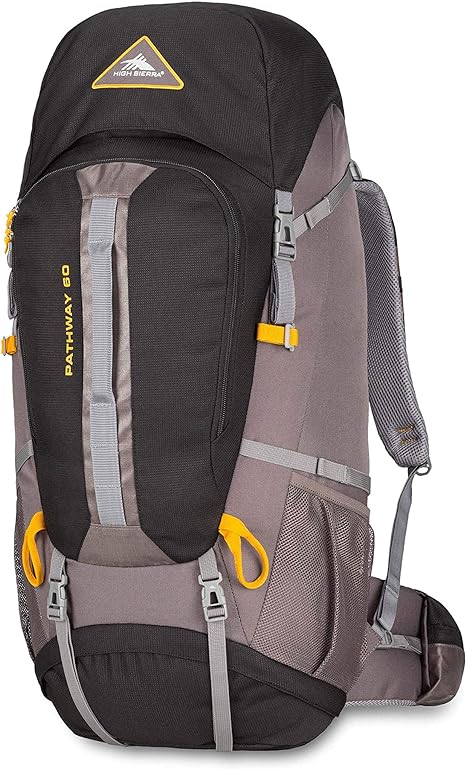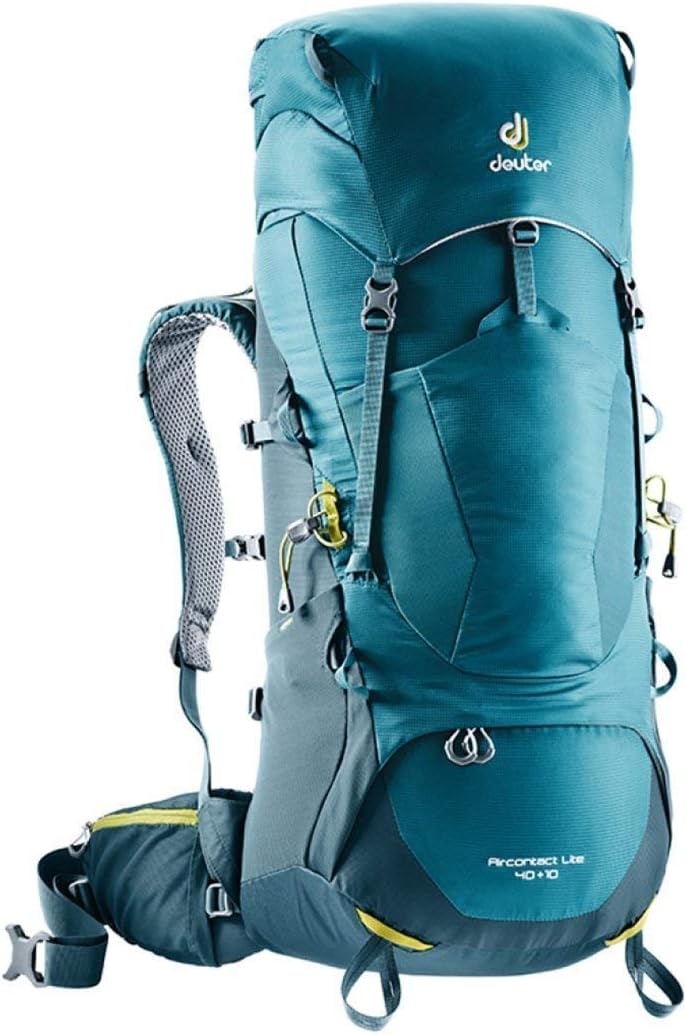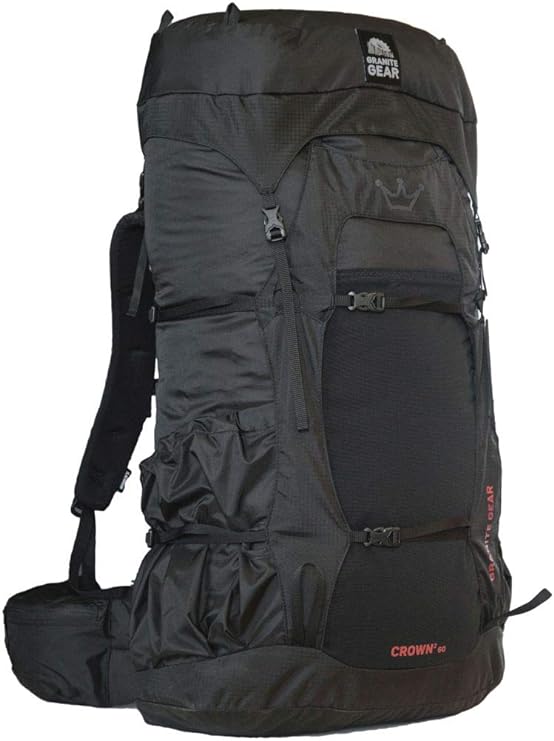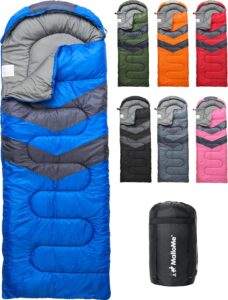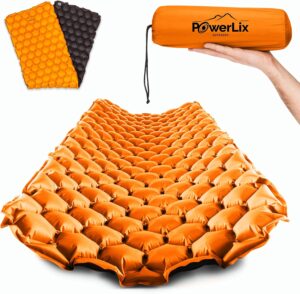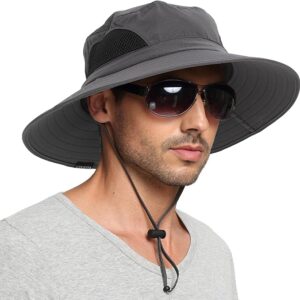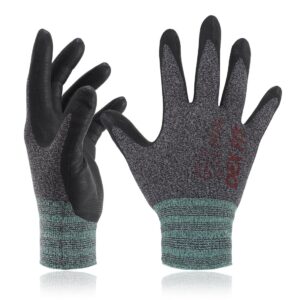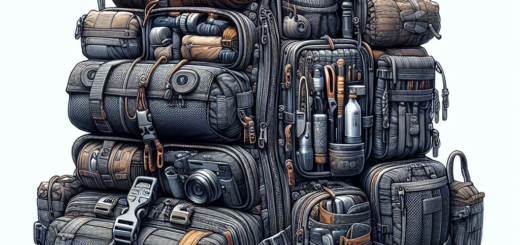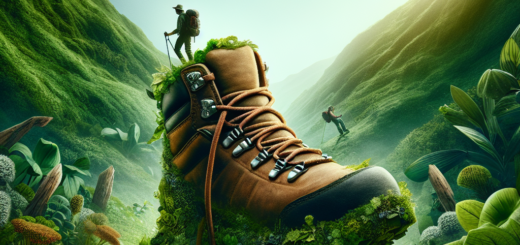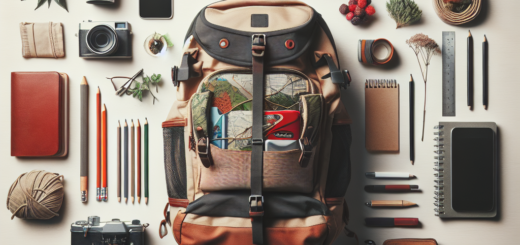How To Pack For A Hiking Trip
Published · Updated
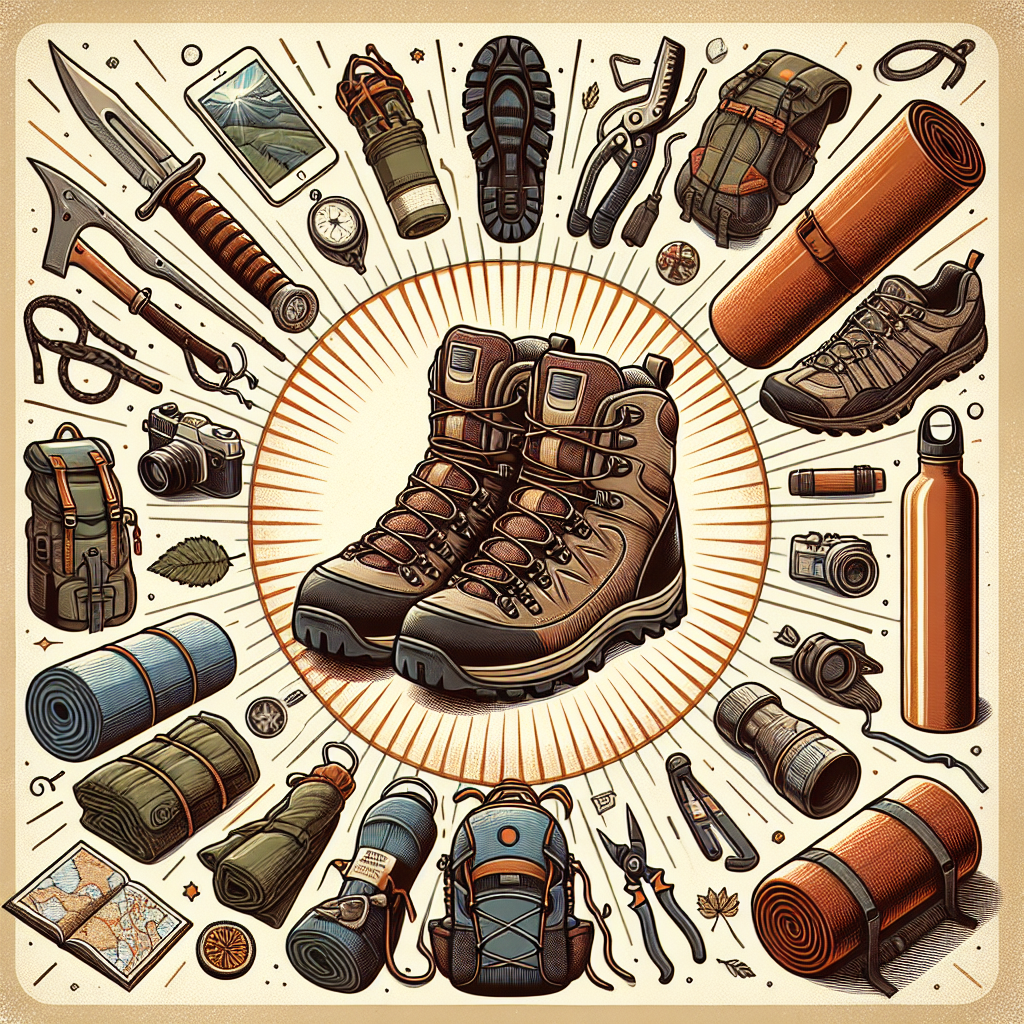
Planning a hiking trip? Look no further for the ultimate guide of on how to pack for a Pack For A Hiking Trip, and pack efficiently and effectively for your adventure in the great outdoors. Whether you’re a seasoned hiker or a novice explorer, these tips and tricks will ensure that you have everything you need to make your trip memorable, comfortable, and most importantly, safe.
From choosing the right gear to maximizing space in your backpack, this article will provide you with the essential knowledge to pack like a pro for your next hiking excursion. So grab your boots, pack your bags, and get ready to embark on an unforgettable journey through nature.
Table of Contents
Toggle1. The essential Gear for a hiking trip :
Clothing
When it comes to clothing for a hiking trip, it’s important to choose items that are suitable for the weather conditions you’ll be facing. Layering is key, so pack a combination of lightweight, moisture-wicking base layers, insulating mid-layers, and weather-resistant outer layers. Don’t forget to include extra pairs of socks and underwear to keep yourself comfortable throughout your adventure.
Footwear
Investing in a good pair of hiking boots is essential. Look for boots that provide ankle support, have a sturdy sole for traction, and are waterproof to keep your feet dry in wet conditions. Don’t forget to break them in before your trip to avoid blisters. Additionally, pack a pair of lightweight camp shoes to give your feet a break during rest times.
Backpack
A well-fitting backpack is crucial for carrying all of your gear comfortably. Look for one with adjustable shoulder and waist straps, as well as multiple compartments for effective organization. Consider the size of the backpack based on the duration of your hike and the amount of gear you need to carry. Remember to pack lightweight and compact items to save space and reduce the weight on your back.
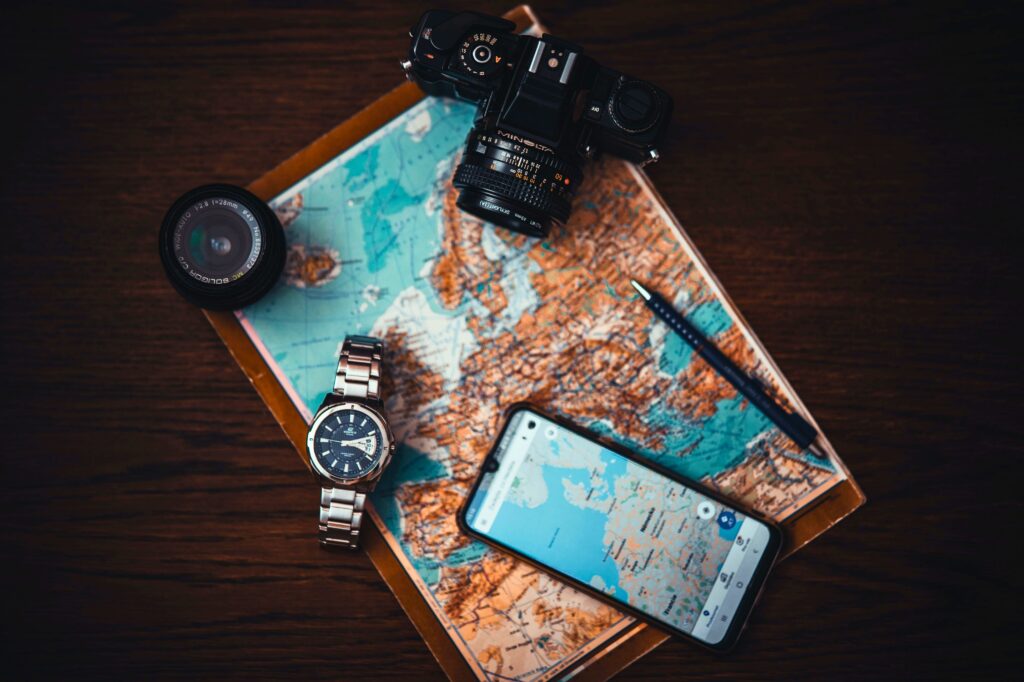
Navigation tools
To ensure you stay on the right track, bring along a map and compass. Familiarize yourself with the route before setting off and use these tools to navigate through unfamiliar terrain. Additionally, consider bringing a GPS device or a smartphone with navigation apps as a backup.
First aid kit
Accidents can happen while hiking, so it’s important to have a well-stocked first aid kit. Include items such as band-aids, gauze pads, adhesive tape, antiseptic wipes, blister treatment, pain relievers, and any necessary prescription medications. Familiarize yourself with how to use the items in your kit before your trip.
2. Don't forget your Food and Water for your hiking trip :
Food items
Plan your meals ahead of time and pack lightweight and non-perishable food items. Consider dehydrated meals, energy bars, trail mix, and jerky as options. Make sure to include enough calories to sustain your energy levels throughout the hike. Don’t forget to pack extra snacks to keep yourself fueled along the way.
Water filtration system
Access to clean drinking water is crucial while hiking. Invest in a reliable water filtration system to purify water from natural sources such as streams or lakes. This will save you from carrying heavy quantities of water and keep you hydrated throughout your trip.
Water bottles
Bring multiple water bottles to carry an adequate supply of water with you. Look for lightweight and durable bottles that are easy to access while on the go. Consider packing reusable bottles to minimize waste and protect the environment.
3. Shelter and Sleeping Gear to pack for a hiking trip :
Tent
A reliable and lightweight tent is essential for overnight hikes. Look for a tent that suits the number of people in your group, provides adequate protection from the elements, and is easy to set up. Consider the weather conditions you’ll be facing and choose a tent with proper ventilation to prevent condensation.
Sleeping bag
Invest in a sleeping bag that is suitable for the expected temperatures during your hike. Look for a lightweight and compact option that provides insulation and comfort. Consider the material, shape, and temperature rating when making your selection.
Sleeping pad
A quality sleeping pad is crucial for comfort and insulation while sleeping on the ground. Look for one that is lightweight, provides insulation from the cold, and offers sufficient cushioning. Consider factors such as size, thickness, and weight when choosing a sleeping pad.
Camp pillow
Although not essential, a camp pillow can greatly improve your sleeping experience. Look for inflatable or compressible options that are lightweight and easy to pack. Alternatively, you can use a stuff sack filled with clothing as a makeshift pillow.
4. pack for a hiking trip : Cooking and Eating Utensils :
Stove and fuel
Unless you’re planning to eat only cold meals, a portable stove is a must-have for cooking on the trail. Look for lightweight and compact options that are easy to use and fuel-efficient. Consider the type of fuel needed and pack enough for the duration of your hike.
Cookware
Choose lightweight and durable cookware for your hiking trip. Look for pots and pans made from materials such as titanium or aluminum to keep weight to a minimum. Consider the capacity based on your cooking needs and the number of people in your group.
Utensils
Pack a set of lightweight utensils such as a spoon, fork, and knife. Look for options made from durable materials and consider multi-purpose utensils to save space. Remember to pack a lightweight cutting board if you’ll be preparing fresh food.
Cup/mug
Having a dedicated cup or mug for hot drinks is a nice luxury on the trail. Choose lightweight options that are durable and suitable for hot liquids. Look for insulated options to keep your drinks warm for longer periods.
Plate/bowl
Pack a lightweight plate or bowl for eating meals. Look for options that are durable and easy to clean. Consider collapsible or nesting designs to save space in your backpack.
5. Don't forget your Hygiene and Personal Care :
Toilet paper
Pack a small roll of toilet paper or travel-sized tissue packs for restroom needs. Look for biodegradable options to minimize environmental impact. Consider storing them in a waterproof container to keep them dry.
Hand sanitizer
Maintaining good hygiene is important, especially when outdoors. Pack a travel-sized bottle of hand sanitizer to keep your hands clean when soap and water are not readily available. Remember to use it before meals and after using the restroom.
Biodegradable soap
Choose a biodegradable soap for washing dishes, clothes, or yourself. Look for options that are gentle on the environment and follow Leave No Trace principles. Remember to use soap sparingly and dispose of wastewater properly.
Toothbrush and toothpaste
Maintain your oral hygiene by packing a travel-sized toothbrush and toothpaste. Look for compact options or consider using toothpaste tablets to save space in your backpack. Remember to dispose of toothpaste spit in an appropriate manner.
Quick-drying towel
A lightweight and quick-drying towel is essential for personal hygiene and drying off after a swim. Look for microfiber towels that are highly absorbent and easy to pack. Consider different sizes depending on your needs.
Sunscreen
Protect your skin from the sun’s harmful rays by packing a sunscreen with a high SPF rating. Look for options that are water-resistant and suitable for outdoor activities. Apply sunscreen generously and reapply as needed throughout the day.
6. Pack For A Hiking Trip : Lighting and Power :
Headlamp/flashlight
A reliable source of light is essential for navigating in the dark or during low-light conditions. Pack a headlamp or a flashlight with extra batteries to ensure you’re prepared for any situation. Look for options with adjustable brightness settings for energy efficiency.
Extra batteries
Carry extra batteries for your headlamp, flashlight, or any other battery-powered devices you may have with you. Make sure to check the compatibility and size of the batteries required before your trip.
Power bank
If you plan to use electronic devices such as a cell phone or a GPS, bring a portable power bank to keep them charged. Look for a lightweight option with sufficient capacity to last throughout your trip. Consider investing in solar-powered chargers for a sustainable power source.
7. Protection from the Elements :
Rain jacket
Be prepared for unexpected rain showers by packing a lightweight and waterproof rain jacket. Look for options with adjustable hoods, ventilation features, and sealed seams to keep you dry and comfortable. Consider the jacket’s packability to save space in your backpack.
Insulating layers
Pack insulating layers such as fleece jackets or thermal base layers to provide warmth when the temperature drops. Layering allows you to add or remove clothing based on your activity level and the weather conditions. Choose lightweight, moisture-wicking materials that dry quickly.
Hat and sunglasses
Protect your face and eyes from the sun’s rays by wearing a wide-brimmed hat and sunglasses. Look for options that provide sufficient shade and offer UV protection. Consider sunglasses with polarized lenses to reduce glare and improve visibility in bright conditions.
Gloves
If you’ll be hiking in colder temperatures or at higher altitudes, don’t forget to pack a pair of lightweight and insulating gloves. Look for options that offer dexterity for handling gear and are touchscreen-compatible for convenience. Choose gloves that provide warmth without sacrificing mobility.
8. Pack For A Hiking Trip : Emergency and Safety Tools :
Whistle
A loud whistle is essential for attracting attention and signaling for help in case of an emergency. Choose a durable and lightweight whistle that can be easily attached to your backpack or clothing. Practice using it to ensure you can produce a loud and distinct sound.
Map and compass
To navigate safely, always carry a map and compass with you. Familiarize yourself with the route and use these tools to determine your whereabouts and navigate through unfamiliar terrain. Take the time to learn how to use them effectively before your hike.
Fire starter
Pack a reliable fire starter such as waterproof matches or a lighter to help you start a fire for warmth, cooking, or signaling purposes. Consider bringing a fire starter kit that includes additional tools such as tinder or fire accelerant.
Emergency blanket
An emergency blanket, also known as a space blanket, is a lightweight and compact item that can provide insulation and protect against hypothermia. Pack one in your backpack to use in case of unexpected cold weather or as a backup shelter.
Multi-tool
A versatile multi-tool is a handy item to have for various tasks and emergencies. Look for options that include features such as a knife, scissors, pliers, screwdrivers, and a bottle opener. Choose one that is durable, compact, and lightweight.
9. Extra Supplies For your Hiking Trip :
Extra shoelaces
Pack spare shoelaces in case your current ones break or become damaged during the hike. Look for laces that are suitable for your footwear and consider the length and material based on your needs.
Insect repellent
Don’t let pesky insects ruin your hiking experience. Pack insect repellent to protect yourself from mosquitoes, ticks, and other insects. Look for options with ingredients such as DEET or picaridin for effective and long-lasting protection.
Repair kit
A small repair kit with essentials such as a sewing needle, thread, and patches can be a lifesaver in case of gear failure. Pack these items in a compact and waterproof container to keep them organized and dry.
10. Personal Items to Consider packing For your Hiking Trip :
Identification/passport
Remember to bring your identification or passport with you, especially if you’ll be hiking in areas that require permits. Make copies of these documents and store them separately for backup.
Cash/credit cards
Carry some cash and a credit card for emergencies or unexpected expenses. Be aware of any limitations on card usage in remote areas and plan accordingly. Consider using a waterproof wallet or a ziplock bag to protect your valuables.
Cell phone and charger
Having a cell phone can provide communication and a way to access maps, emergency services, or weather forecasts. Make sure to pack a fully charged device and a portable charger to keep your phone powered throughout your trip. Consider using flight mode or conserving battery to prolong its usage.
By following this comprehensive packing guide, you’ll be well-prepared for your hiking trip. Remember to adjust the list based on the specific requirements of your adventure and always prioritize safety, comfort, and minimizing environmental impact. Happy hiking!


